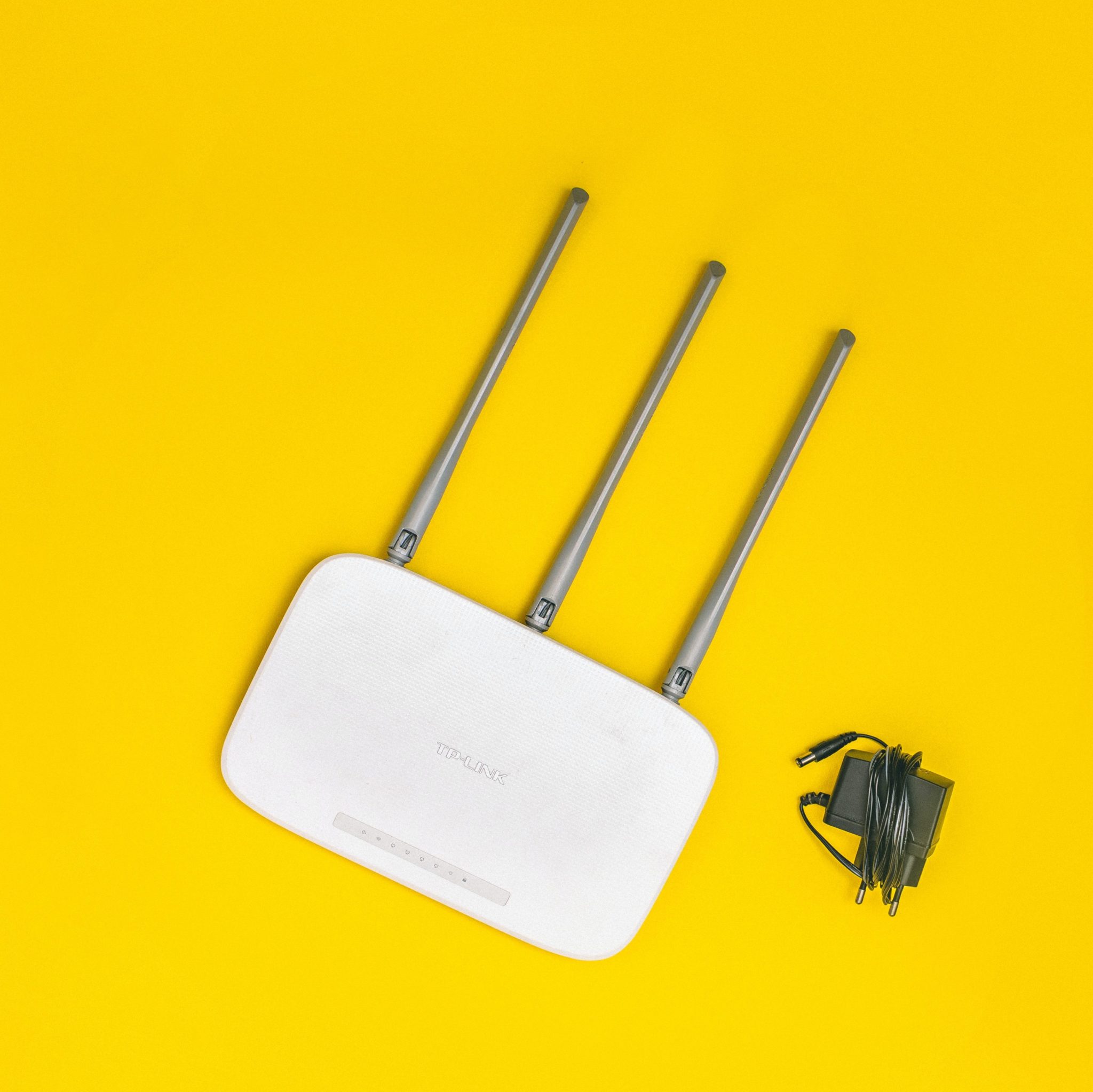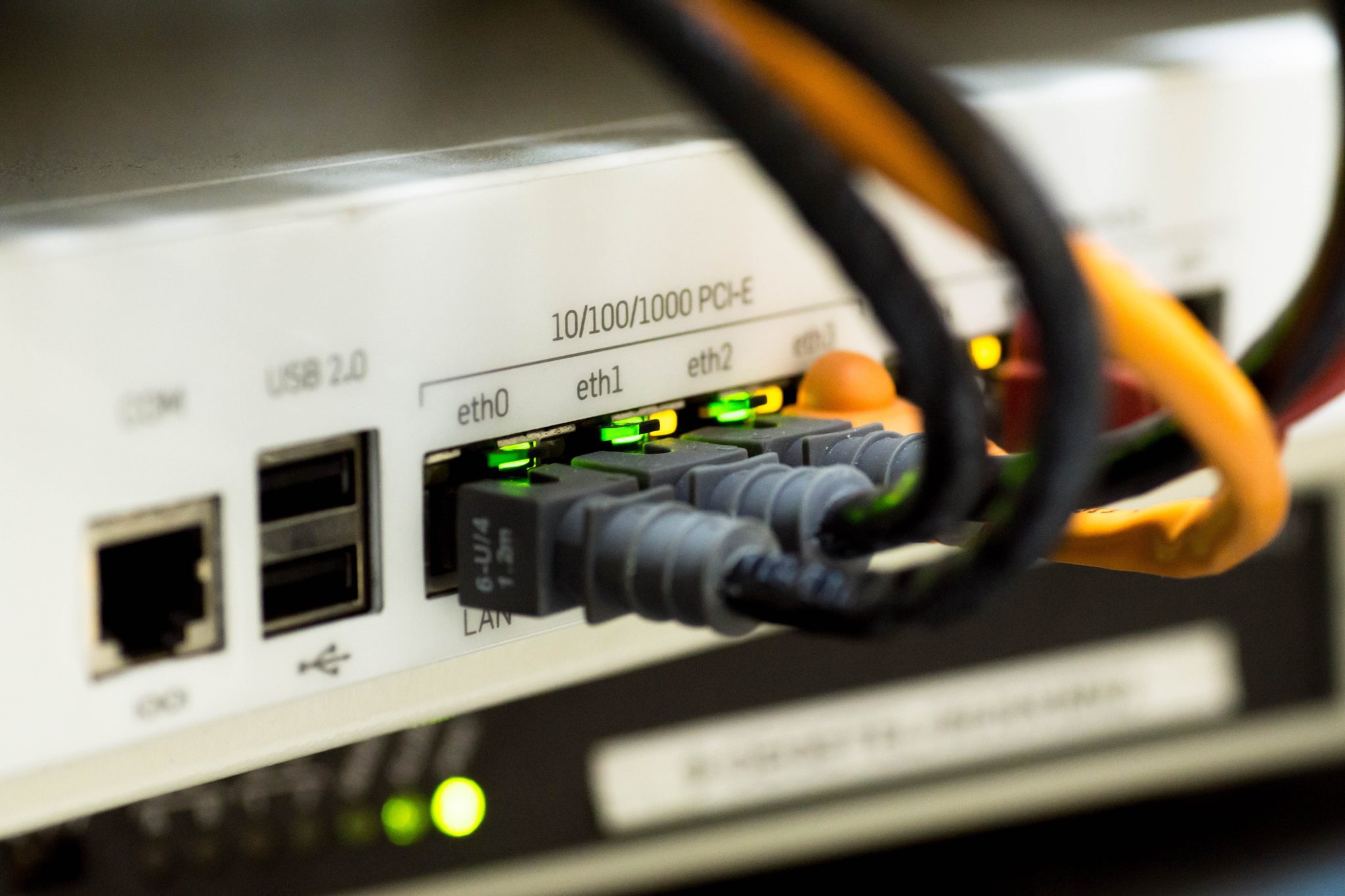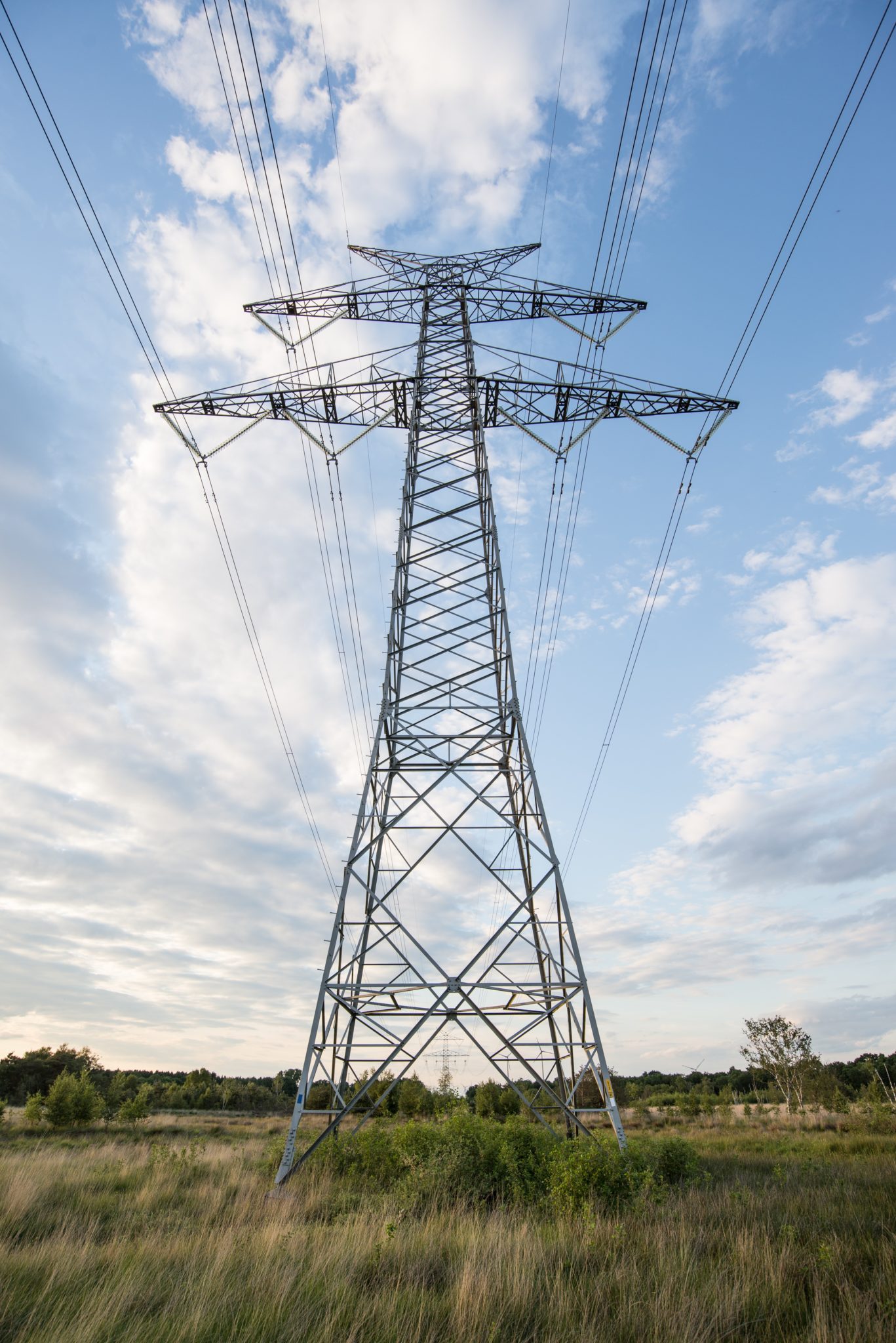WAN vs LAN: What are the Differences?

Wide-area networks (WAN) and local-area networks (LAN) describe how physically close devices are within a computer network – which influences the connectivity and capabilities of users, devices, and systems.
This article looks at what WAN and LAN are, how they differ, and why they’re essential to understanding network sizes, limitations, and more.
In this definition...
What are WAN and LAN?
What is a LAN?
A local-area network or LAN is a group of devices like computers, consumer electronics, and IoT devices connected within a short geographic area, typically less than 1000 meters. Modern homes increasingly have personal WiFi networks limited to household devices. Similarly, small businesses or startups also require a small geographic network connection for operations. Both of these are examples of a LAN.
What is a WAN?
A wide-area network or WAN also connects devices but extends coverage across a much larger geographic distance. A WAN is usually a collection of local-area networks that connects multiple offices across countries, but WANs can also be a service delivery-oriented network such as the Internet. For larger organizations and enterprises that have a physical presence globally, WAN optimization is essential for business continuity today.
Also read: Top 10 Enterprise Networking Companies | Datamation
WAN vs LAN
| Wide-Area Network (WAN) | Local-Area Network (LAN) | |
|---|---|---|
| Geographic Area | Large regions including states, countries, and continents | Limited geographic areas connecting small groups of computers |
| Distance | 100,000 kilometers | 100 to 1000 meters |
| Bandwidth | Low data capacity | High data capacity |
| Ownership | No central authority | Individual or organization |
| Network Topology | Peer-to-peer (P2P) | Client-server model |
| Pricing | High | Low |
| Data Transfer Speeds | Low – between 10 to 30Mbps | High – Up to 1000Mbps high-speed Ethernet |
| Source | Leased cable line or satellite | Business or personal WiFi |

What are MAN and PAN?
A metropolitan area network (MAN) is more significant than a LAN and usually smaller than a WAN, covering multiple LAN networks for a hybrid network. An example of a MAN includes a cable TV network.
Alternatively, personal area networks (PAN) are the shortest range devices of all – like Bluetooth, used to connect wireless headphones to a smartphone.
Where do LANs and WANs originate?
In the 1970s, local area networks connected a small number of computers through a new mechanism known as an ethernet cable. By 1990, Ethernet-connected networks were the official IEEE standard and the commercial method for linking an organization’s users, devices, and systems.
Read more: Top NaaS Providers 2021 | Network as a Service Solutions | Enterprise Networking Planet

As organization networks grew, so did the cabling connecting isolated LANs to establish the first wide-area network. In 1997, the IEEE released standard 802.11 for WiFi enabling users to access the internet or WANs from wireless LAN (WLANs) and LAN gateways via radio frequency. WANs today are connected primarily with fiber optic cables offering higher speeds and larger bandwidth than predecessors like the metro ethernet.
Choosing the optimal network
When to use LAN
Local area networks are the first choice for individuals, families, and organizations limited to a single physical location and fewer devices to manage.
When to use WAN
Wide-area networks become necessary when an organization becomes too large or physically distant to maintain connectivity or secure data between offices.
Check out: What Next-Gen Networking Brings to the Home Table | eWEEK

WAN vs LAN: What’s the difference?
The difference between WAN and LAN networks comes down to geographic distance, coverage, and connectivity. LANs were the foundation of early networking, and still, it was only twenty years ago gamers would physically gather for a classic LAN party.
Technological advances in connectivity, including the Internet and WiFi, gave organizations more choices to configure a more extensive network. For enterprises, the growth of cloud computing means networks are adapting yet again with the adoption of software-defined WAN (SD-WAN) technology.
Learn more about securing modern networks with eSecurity Planet’s How to Improve SD-WAN Security.

